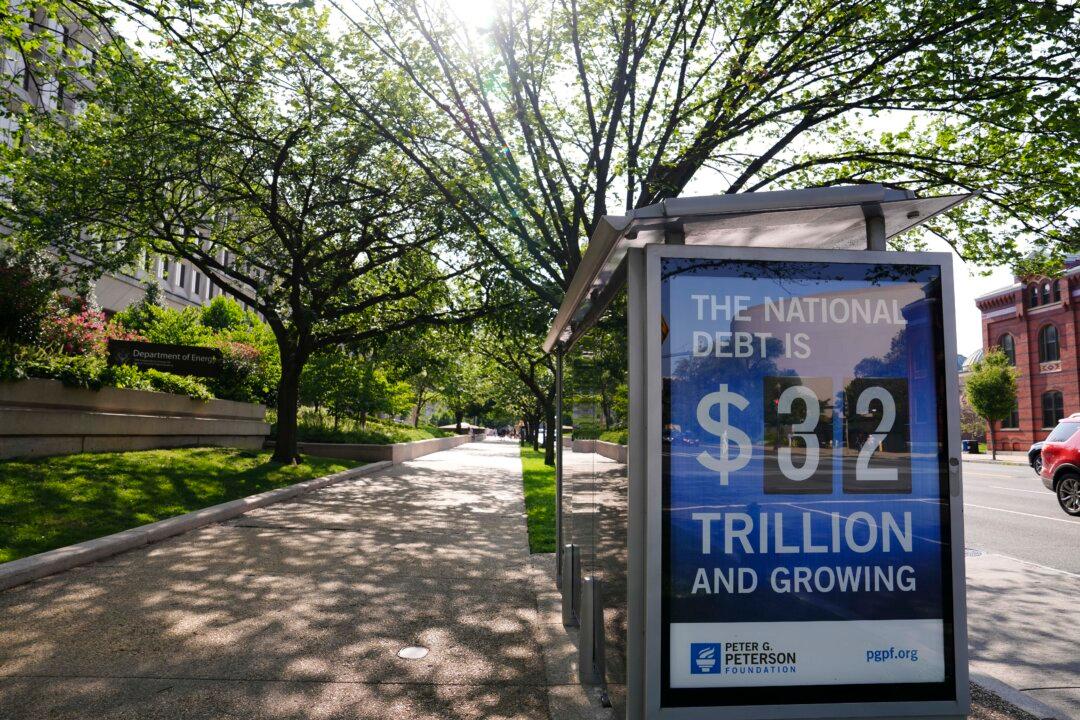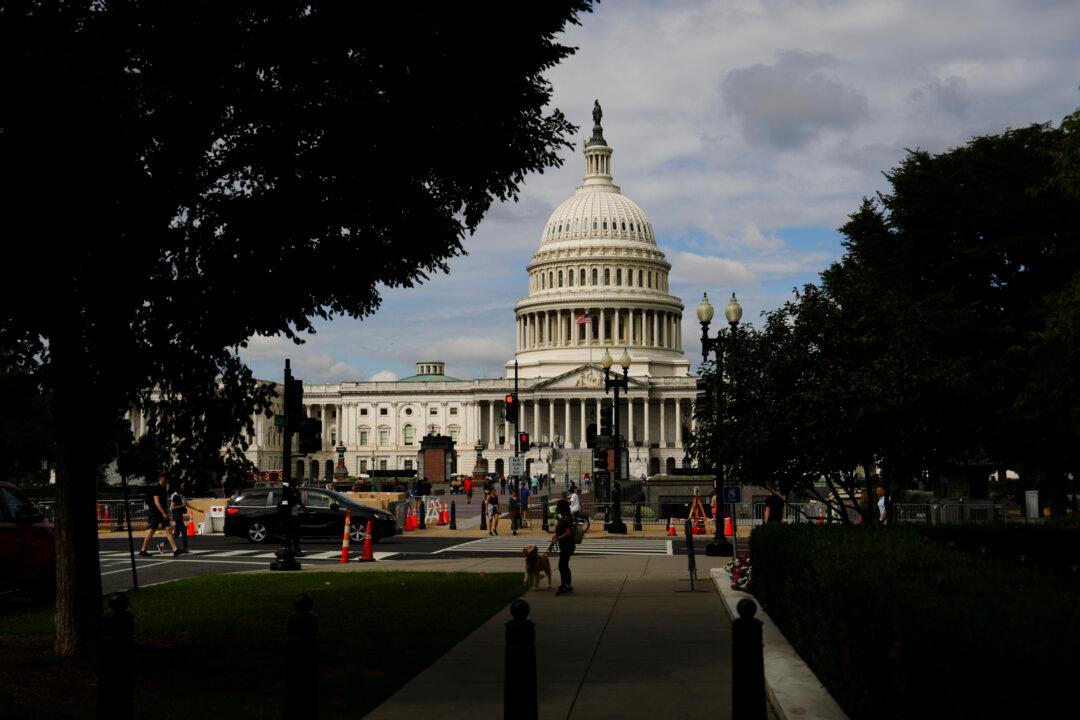It is amazing what 25 years can do to a political party’s platform.
On Jan. 27, 1996, then-President Bill Clinton proclaimed that “the era of big government is over, but we can’t go back to a time when our citizens were just left to fend for themselves.” He added: “So, again ... I asked Congress to join with me to make the cuts we agree on. Let’s give the American people the balanced budget they deserve with a modest tax cut and the lower interest rates and brighter hope for the future it will bring.”Compare Clinton’s message with that of today’s Democratic Socialist darlings, Bernie Sanders and Alexandria Ocasio-Cortez. Sanders’s signature program is “Medicare for All,” a plan that moves all responsibility for health care spending on America onto the federal budget. As he explained, “The time has come also to say that we need to expand Medicare to cover every man, woman, and child as a single-payer, national health care program.”





